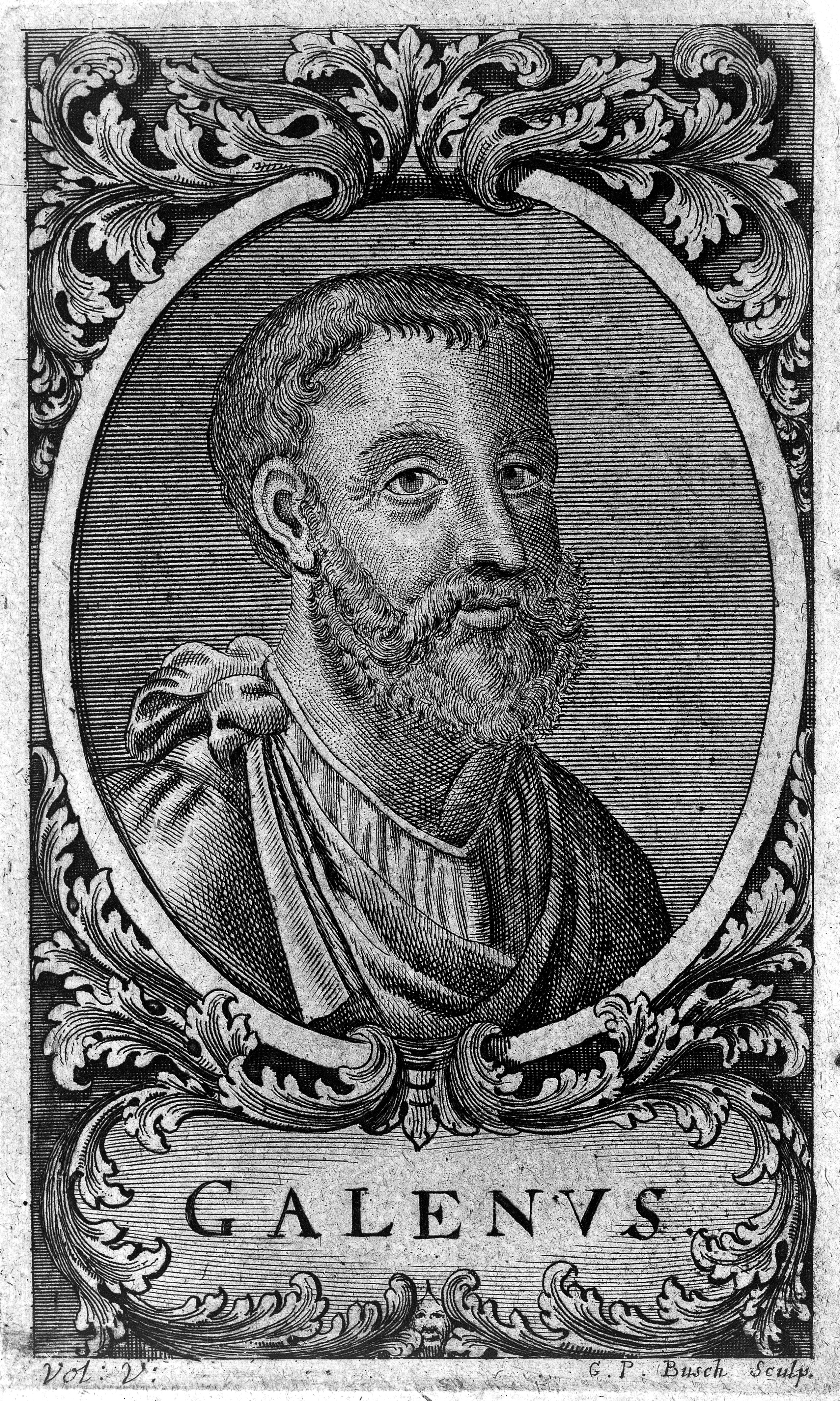Galen, << GAY luhn >> (about A.D. 129-about 200), became one of the most famous and influential physicians in the history of medicine. He discovered that the arteries contain blood, not an airlike substance called pneuma as had been believed. Galen performed dissections on monkeys, pigs, and other animals, and established comparative anatomy as a field of anatomy. 
Galen developed the first medical theories that were based on scientific experiment. His landmark Anatomical Procedures served as the standard anatomy textbook in Western and Middle Eastern civilization until modern times. Galen’s ideas about physiology were considered authoritative in Europe until the 1500’s. His methods for the treatment of disease continued to influence physicians well into the 1800’s.
Galen was born in Pergamum (now Bergama, Turkey), a city of the Roman Empire. He began to study medicine at the age of 14. About A.D. 157, Galen became a physician for trained fighters called gladiators. This experience gave him valuable information about surgery and diet. In 161 or 162, Galen went to Rome. There, he presented lectures on anatomy and physiology and soon was hired to be the physician of the household of the Roman emperor, Marcus Aurelius. This position enabled him to write, research, and travel. By 200, he had written many works on medicine and physiology.
As time passed, some of Galen’s main theories were proved false. For example, Galen thought that the liver changed digested food into blood, which then flowed to the rest of the body and was absorbed. In 1628, however, the English physician William Harvey showed that blood circulates throughout the body and returns to the heart.
